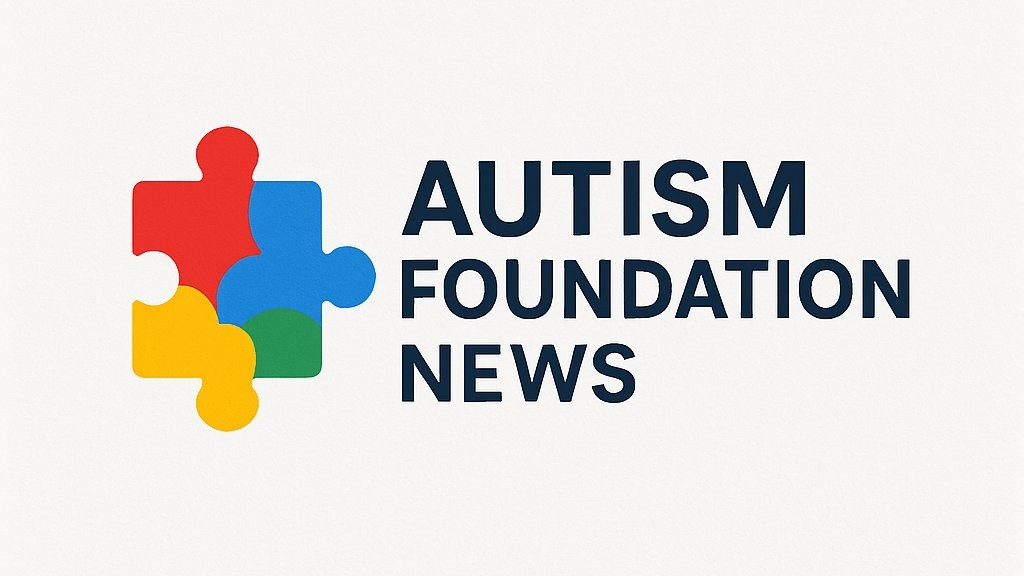
Unlocking the Flow State: A Guided Meditation for Mindfulness
Meditation can often feel daunting, especially for individuals on the autism spectrum who may struggle with sensory overload or difficulty focusing. However, with the right approach, it can become a powerful tool for developing mindfulness and enhancing daily experiences. In a recent guided meditation led by Toby Sola, participants are introduced to the concept of flow state—a sense of being fully immersed in the present moment. This practice resonates particularly well with those seeking to enhance their sensory awareness while navigating a world that often overwhelms.
Understanding Flow: The Power of Sensation
The primary goal of Sola's meditation is to guide participants through heightened awareness of bodily sensations. By focusing on the physical experiences of the body, individuals learn to identify subtle shifts and shifts in their feelings—casting a spotlight on the usually unnoticed intricacies of their own sensations. This method not only cultivates mindfulness but also inspires a deeper connection with oneself, a vital part of fostering emotional regulation for individuals on the autism spectrum.
Step-by-Step to Mindful Sensations: Techniques for Everyone
One aspect that stands out in this meditation is the simplicity of the techniques offered. Sola encourages practitioners to relax their bodies and observe any sensations they experience. This is coupled with a labeling system where participants verbalize their observations with terms like 'flow' for changing sensations and 'stable' for unchanging ones. Such techniques are accessible and can easily be integrated into daily routines, making mindfulness practice a manageable and non-intimidating part of life, particularly for individuals on the spectrum.
The Value of Labeling in Meditation
Labeling sensations—whether done vocally or mentally—proves to be an effective method for honing concentration. For many individuals on the autism spectrum, maintaining focus can be a challenge, especially amidst distractions. The act of verbalizing or mentally affirming what is felt serves as an anchor, grounding thoughts and facilitating a clearer, more relaxed state of mind. This practice emphasizes that meditation doesn’t require perfection; it simply asks for presence.
Expanding the Practice: A Tool for Parents and Caregivers
For parents and caregivers, introducing this guided meditation to young adults and others with autism could significantly enhance their overall well-being. The practice can provide a shared space for mindfulness, opening avenues for deeper conversations about sensory experiences and emotional health. With consistent practice, participants can cultivate self-awareness, making it easier to navigate and express their feelings.
Conclusion: The Ripple Effects of Mindfulness
As we conclude our exploration of this guided meditation, think about how such practices can ripple outward in our lives. The focus on bodily sensations and the simple techniques offered create a bridge towards emotional resilience and mindfulness. Embracing the flow of sensations can enable individuals, especially those on the autism spectrum, to cultivate a sense of ease and presence that very much enriches their day-to-day experience.
If you’re looking to engage more deeply with mindfulness practices, consider incorporating this guided meditation into your routine. It can serve as a stepping stone towards deeper self-discovery and emotional clarity for you and those you care for.
 Add Row
Add Row  Add
Add 




Write A Comment